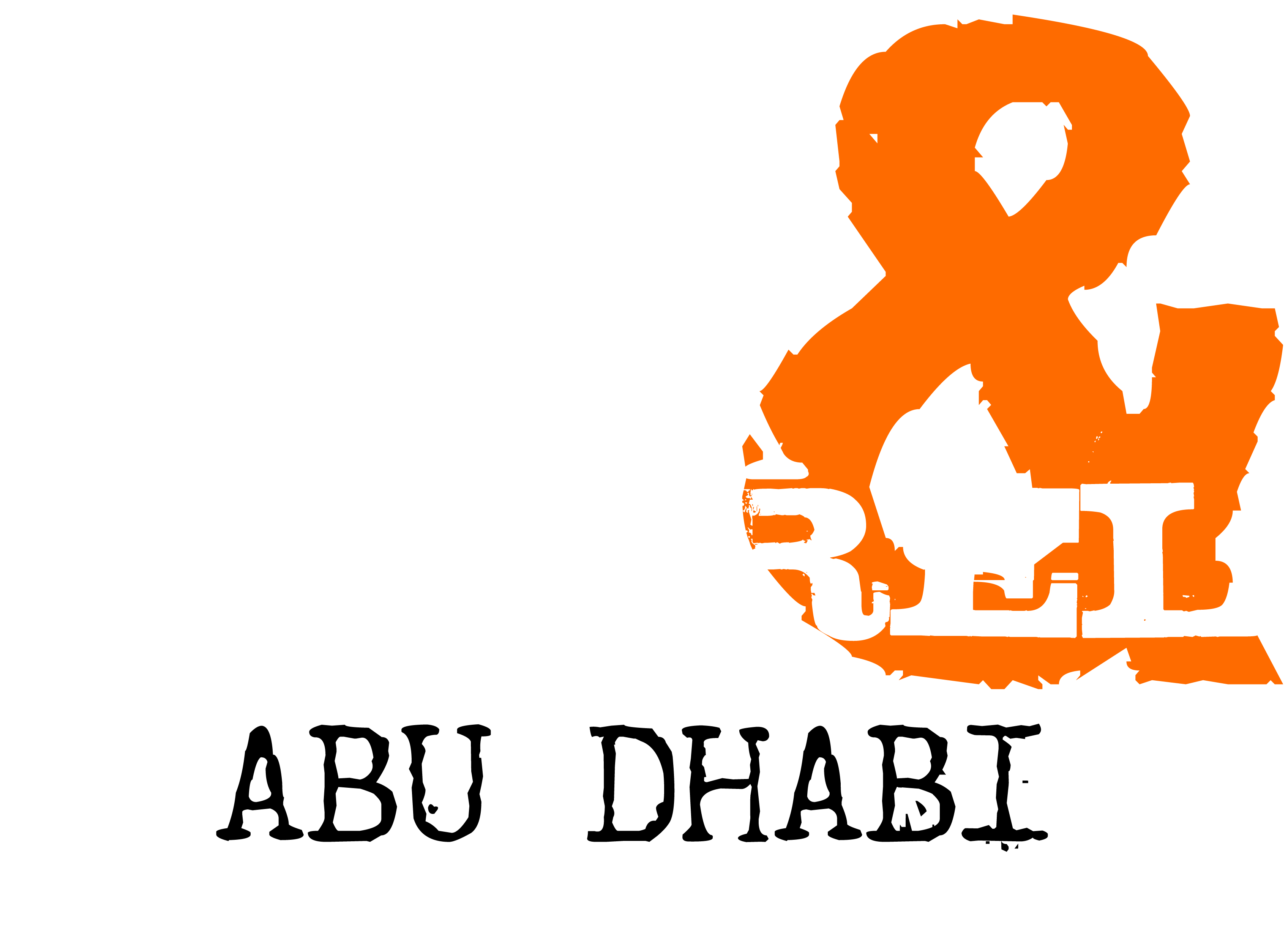These are unwritten rules that take place naturally in the development process. Some leaders write and share them with team members for effective results. The Forming stage of team development is the time when individuals start understanding that they are an integral part of the team and will have to work together with each other. The forming stage of development helps to develop a better understanding and strong relationship with each other. Teammates move beyond the introductory forming stage and start putting plans into action. At this point, teammates have built up enough trust to feel safe sharing honest opinions with the others.

There’s a new initiative to run at and you’re keen to get started. You’re not sure who is doing what, or how to break this epic project into smaller components. At this point, explain how each team member is expected to help. For example, let the designers know that the user interface will be reviewed to see whether there’s an opportunity to make improvements.
Managing Agile Teams With Scrum
Celebrating the wins and the losses should be part of every project stage. While it’s important to celebrate your accomplishments, you also don’t want to ignore the struggles. Input every aspect of the project, and Motion will build a customized schedule with priorities included for each member.

Almost all teams lack one or more of these criteria at some point in their tenure. Team development strives to meet these criteria with ongoing reflection and growth. Like any form of development, it takes time and dedication to be effective.
Why is Team Development Important?
As your team settles into a more regular pattern, it’s vital that you continue to take opportunities to celebrate one another and keep team spirit high. Happy teams are productive teams and so taking the time to improve team bonds through the team development process can help improve overall efficacy. While all phases of team building are important, many leaders consider storming to be the most important stage of team development. During the storming stage, team members encounter initial obstacles and master conflict resolution. This is one of the most crucial points for building trust and forming resilient relationships.
According to Tuckman’s theory, a team cannot develop overnight. It has to undergo all the five stages to achieve team dynamics and accomplish intended results. However, by recognizing the team development stages, we can help our teams solve issues and progress. By going through the development cycle, teams stop being a group of individuals and become a unit, all working together towards the same goal. As a team leader, it’s your goal to support and empower your team to help get their highest-impact work done. When your team members feel comfortable with each other, it’s easier to collaborate and work together.
What are the five stages of team building?
The principal work for the team during the Forming stage is to create a team with clear structure, goals, direction and roles so that members begin to build trust. During the Forming stage, much of the team’s energy is focused on defining the team so task accomplishment may be relatively low. During the Forming stage of team development, team members are usually excited to be part of the team and eager about the work ahead. Members often have high positive expectations for the team experience. At the same time, they may also feel some anxiety, wondering how they will fit in to the team and if their performance will measure up.

Too often they end up in being too unrealistic, too vague, impossible to measure, or just stretching into eternity without any deadline. Team communication is key in ensuring that a group can move through the Storming stage while also not avoiding potentially productive discussions around working practices or different perspectives. 9 Dimensions is a powerful activity designed to build relationships and trust among team members. Learn more about proactive work management in this infographic, review this guide to asynchronous communication, or see how you can use Teamhood for remote team management. This is the golden age of any team and the goal of what you should aim for.
What is self-management? (7 skills to improve it)
Group members designate roles and delegate responsibilities with help from team leaders. One of the vital stages of team development includes establishing team norms during the various phases it goes through. The norms are standards for attitude, performance and behaviour that act as a guiding force for team members and help the team in fulfilling their roles and responsibilities in the allotted project.
They will waste time and lose their focus if they have to answer frequent, unscheduled questions about what they’re working on. Encourage team members to develop a schedule filled with large blocks of time that are free from interruptions like meetings or check-ins. In this world of constant notifications, it’s easy for people to get derailed and forget which goals are really important. This is especially important for creative and development teams. Tuckman’s stages of team development describe how teams begin, develop, improve, and wrap up.
Brick Republicans stage challenge to Democrats’ sole Ocean County stronghold
Disagreements are unavoidable on teams, especially when each person on the team has a different perspective on how to approach the issues the team encounters. When you all work in the same location, programming languages for vr it can be easier to hash out problems quickly. On a remote team, you need to be more thoughtful about the tools and the processes that you use to identify and deal with disagreements.
- It leads to an uncertain time as members are unsure of their future role or the project they will be working on.
- Use this exercise at the end of a project or program as a way to reinforce learnings, celebrate highlights and create closure.
- Alasdair A. K. White together with his colleague, John Fairhurst, examined Tuckman’s development sequence when developing the White-Fairhurst TPR model.
- Until a course has been approved for online development or revision and a faculty member is contracted to undertake the endeavor, it will not be included in a cohort.
During the Storming stage, members are trying to see how the team will respond to differences and how it will handle conflict. Each stage of team development has its own recognizable feelings and behaviors; understanding why things are happening in certain ways on your team can be an important part of the self-evaluation process. Most high-performing teams go through five stages of team development. At the end of the exercise, all the questions go up on a whiteboard to encourage further conversation throughout the day. By encouraging the group to take ownership of this part of the team development process, you can meaningfully impact the Forming stage. As the team members already know about everyone’s individual skills and backgrounds, they must start searching for a way to collaborate and progress.
Norming stage
Teams are becoming a key tool for organizing work in today’s corporate world. Teams have the potential to immediately amass, organize, relocate, and disperse. It is essential to consider the fact that teams develop and get mature over a period of time.
What is the most important stage of team development?
Having a way to identify and understand causes for changes in the team behaviors can help the team maximize its process and its productivity. How did you know what behaviors were acceptable or what level of performance was required? Teams usually develop norms that guide the activities of team members. Team norms set a standard for behavior, attitude, and performance that all team members are expected to follow. Norms are effective because team members want to support the team and preserve relationships in the team, and when norms are violated, there is peer pressure or sanctions to enforce compliance. This stage is when team members are trained, competent, as well as able to do their own problem-solving.
This is also the time in which teams can celebrate everything they have achieved together. Take the time to reflect on your achievements and remind your team why they’re doing what they do. This is also a great opportunity to recognize and praise the talents of specific team members. You and your teammates trust each other enough to get a little creative and innovative, while still delivering top-notch work on time. Managers and project leads need to keep their eyes open, but be mostly hands-off so the team can build muscle around working independently. When you start to sense that the left hand knows what the right hand is doing, you’ve made it into the “norming” stage.

Recent Comments